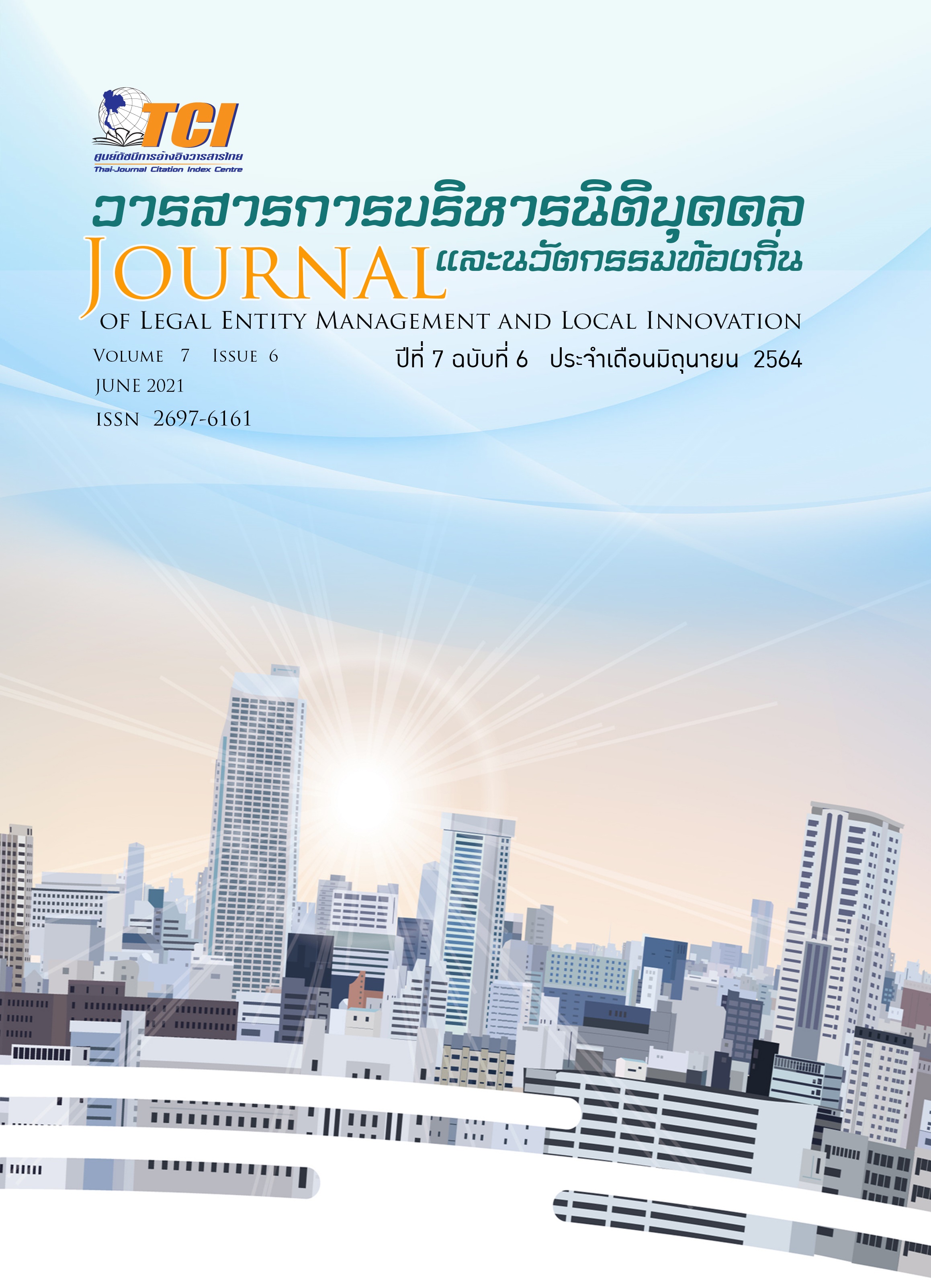Risk management in the process of farming of famers in Moo 3, Tha Ngio Subdistrict, Mueang District, Nakhon Si Thammarat Province
Keywords:
Risk Management, The Process of Farming, FamersAbstract
The purposes of research aim to study were risks in the process of farming of famers and risk management in the process of farming of famers. For qualitative research. The data were collected by using a set of in-depth interviews with 20 key informants including; Farmers with a farming profession, and a farming promoter. The findings were presented in analysis Description. The research results were found that: 1. Risks in the process of farming of famers; found that 1) Risks in the preparation stage; from injections to kill grass become toxic residues. The farm is damaged by trampled cattle and enemy animals, unable to dig holes in the water, plowing and raking is required, damaged of seed/seedlings, and defective tools must be procured, defective equipment, lack of investment and labor shortage. 2) Risks in the cultivation stage; if rains after sowing resulted in rotten rice seeds, seedling removal and planting must be careful. If the roots are lacking, the rice plants will rot dead. 3) Risks in the maintenance; monitoring of pests that eat rice seedlings and eliminate weeds by chemical injection. 4) Risks in harvesting; rice harvesters that result in soil tightness and burning of rice cobs to become polluted, while manual harvesting takes a long time until rice is damaged. 5) Risks in the storage; from the rice harvester, the rice is relatively moist and vulnerable to mold, In case of harvesting by hand, it can be easily maintained, not moldy, just keep it away from moisture, insects and animals. 2.Risk management in the process of farming of famers; found that 1) Risk acceptance such as choosing manure/compost to replace chemical fertilizers, prepare for flooding, drought and pests by solve problems according to urgency. 2) Risk reduction to reduce the use of fertilizers or reduce the consumption of chemicals to minimize side effects. 3) Risk sharing to spread more farm areas, use chemicals safely and take care of them together to prevent pests from destroying rice fields. 4) Risk avoidance to quite difficult due to the ongoing risks of farming and it only needs to be managed manually to mitigate.


